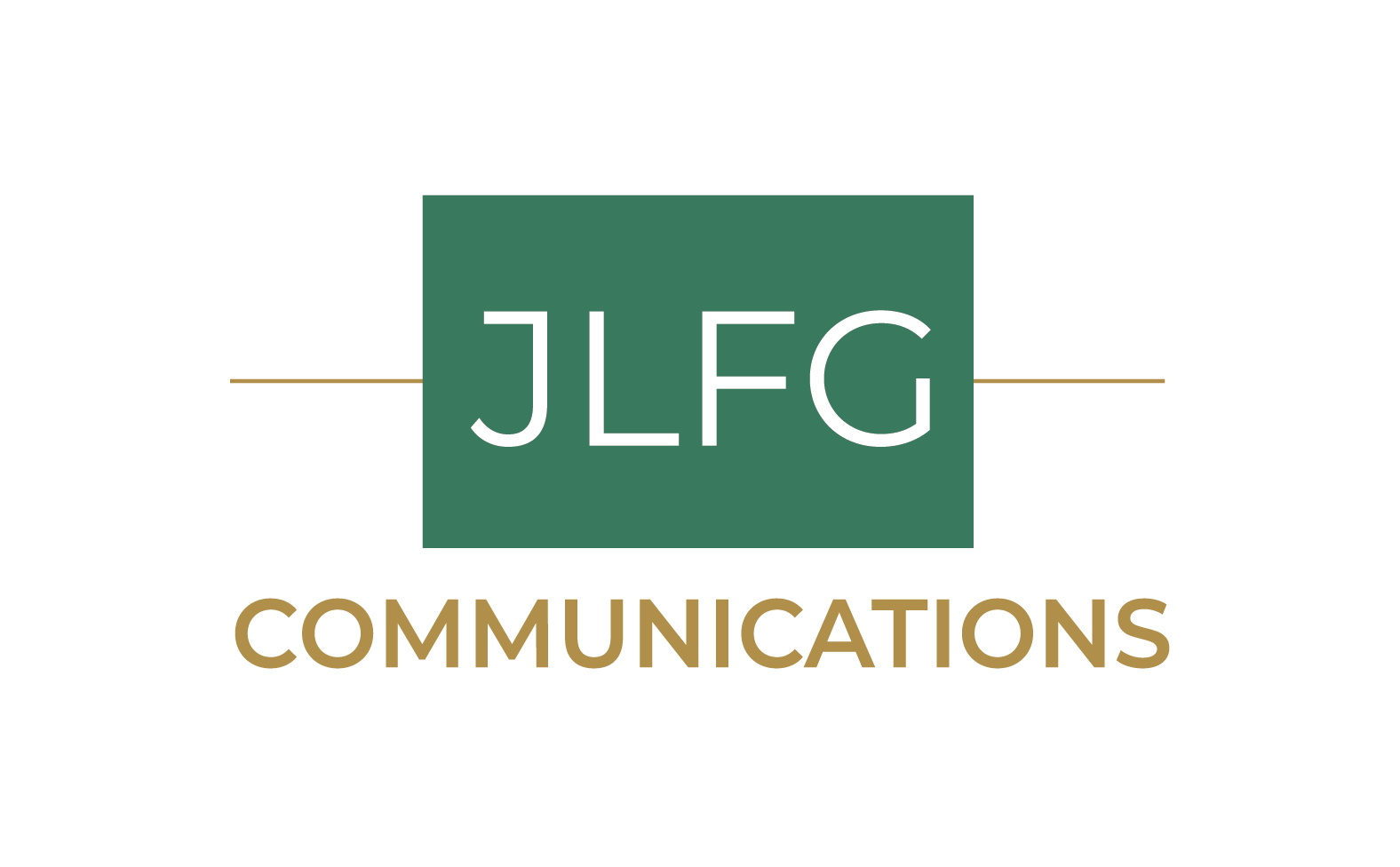One Percent, 100 Percent, or Somewhere In Between?
The news from Patagonia flooded my inbox and social media feeds this week. In case you haven’t heard, Patagonia founder Yvon Chouinard announced his intention to give away the company to support climate action. The home page of the Patagonia website states, “Earth is now our only shareholder.”
A New York Times article about the news explains what this means. Voting stock, representing 2 percent of Patagonia’s value, goes into the Patagonia Purpose Trust. The Trust influences the board and makes decisions that affect governance. At present, the Chouinard family guides the Trust.
The remaining 98 percent of Patagonia’s value, the common shares, are getting funneled into a newly formed 501(c)(4) organization, the Holdfast Collective. All excess profits, after reinvesting in the business, go to the Collective. That amounts to $100 million in 2022, added to the $50 million now in the Collective.
The NYT article states that the Chouinard family receives no tax deductions for donations to the Collective because the Collective can make political contributions. This is important since many wealthy individuals benefit from sizable, immediate tax deductions for their philanthropic contributions. That said, by giving away the company, the family avoids the associated estate tax.
A Question of Intent
Is Patagonia’s plan a publicity stunt? Perhaps, in some ways. It appears that the decision to change the company’s profit distribution reflects the values of Yvon Chouinard. The media interviews—articles in the New York Times, The Guardian, Forbes, Fortune, and other places—are designed to get publicity. Not merely to shine a light on Patagonia but to inspire other wealthy founders to consider similar action.
A quote from Chouinard’s interview with the NYT says, “Hopefully this will influence a new form of capitalism that doesn’t end up with a few rich people and a bunch of poor people.” That sounds overly optimistic. It isn’t easy to convince wealthy CEOs to change their mindset about how capitalism works.
The mention of poor people brings to mind the triple bottom line: People, Planet, Profit. It appears that Patagonia is mainly focusing on the last two.
What about increasing employee pay to spread out more of the company’s revenue? Patagonia has 1000 employees. Increasing annual income by an average of $10,000 per employee would reduce the payout to the Collective to $90 million. The increase would make a huge difference to employees making less than $50,000 annually and bring Patagonia in line with the leading companies in its industry for worker pay.
My Role as a Business Owner
I am also guilty of emphasizing the planet over people. When discussing sustainability in my business, I think more about carbon emissions and water conservation and less about environmental justice. While I am far from being a billionaire, I come from a place of privilege. That isolates me from the dangers that face poor communities around the world, especially those with majority Black, Indigenous, or People of Color populations.
I am “the millionaire next door” with a sizeable net worth who lives a relatively modest lifestyle. Yes, I own a lovely home in a very expensive city. But it’s a 3-bedroom detached townhouse, not a 6-bedroom mansion with a lake view. A lake view would be nice. I don’t need or want a mansion.
What is my responsibility to people and the planet? What do I want to do with the revenue that my business generates? I have historically maxed out contributions to my individual 401(k). That reduces my income tax and allows me to save more for retirement. But perhaps I can redirect more to help others beyond my family.
One way to share the wealth is through 1% For the Planet. Yvon Chouinard is a co-founder, by the way. My business joined 1% For the Planet in 2022. Now I commit to donating 1% of my annual revenue (not profit) to their environmental partners.
It is my choice which partners to support. I can search by location or impact area. Do I want to prioritize local organizations or those based in other regions? Do I want to support wildlife conservation, just economies, renewable energy, or resilient communities?
Also, 1% of revenue is a minimum. It is an amount that is within reach for nearly every business, and even a small contribution is better than nothing. I wonder whether my company should give more than 1% and contribute less to my 401(k).
How Much and Why?
At the end of 2022, I will look at my profit and loss statement and total revenue for the year. Then I will decide how to allocate my environmental contribution and how much to give. I will also consider how I support people, including the independent contractors to whom I outsource tasks and projects.
When I think about my revenue goals for my business, it is essential to consider the “why” behind them. It isn’t just about accumulating money. In August, I evaluated my one-year business strategy and why achieving my goals matters.
Here is, in part, what I wrote: “I will educate hundreds (or even thousands) of people about how to better embed environmental sustainability in their workplaces. My business will give back by donating to environmental causes.”
Whether or not you support Patagonia’s actions—recent or historical—there are lessons to be learned. Here’s to purpose-led business decisions that allow for-profit companies to be a force for good.
